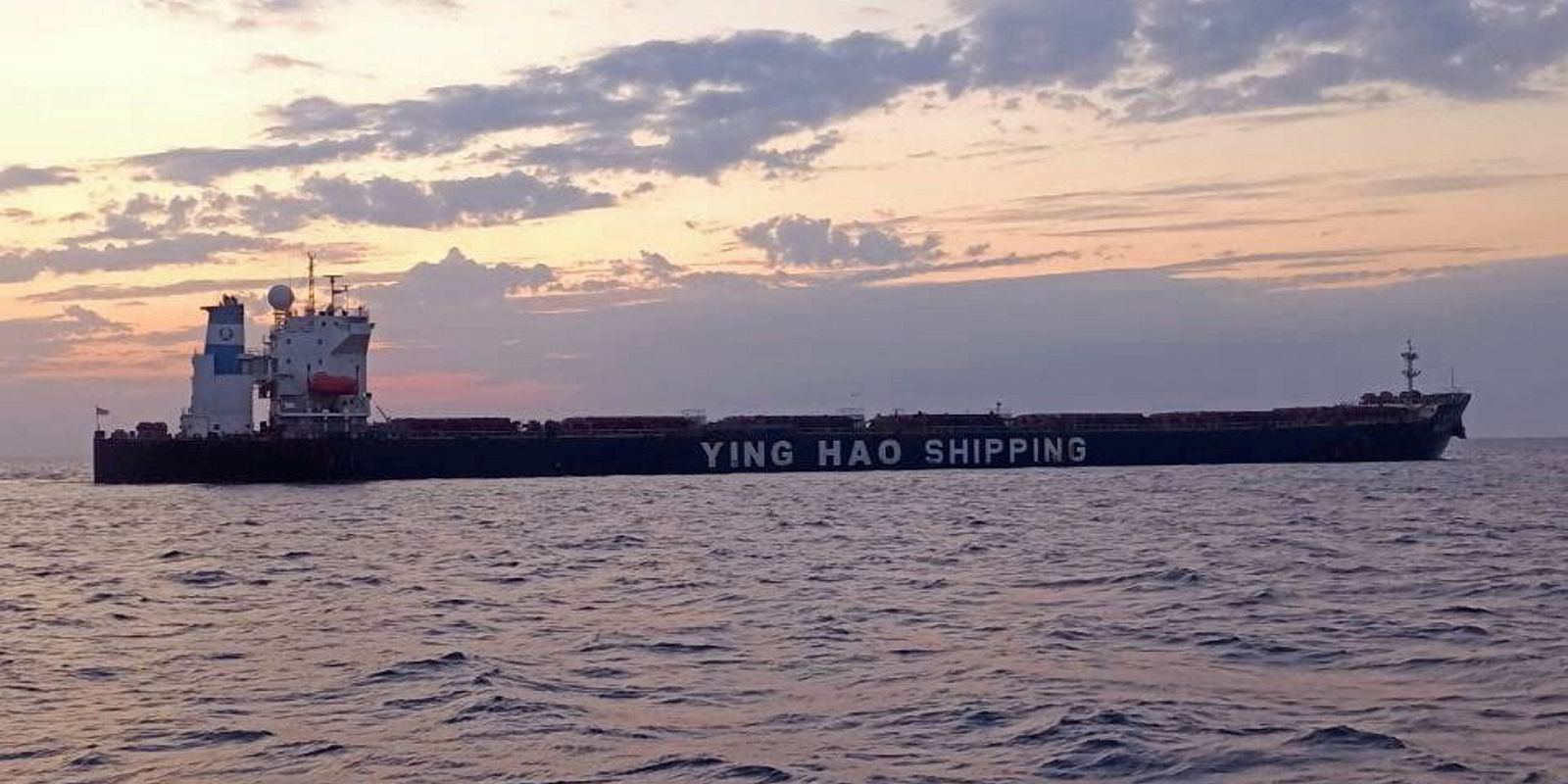Insurance brokers say there has been an increase in enquiries for loading Ukraine grain at Odesa as the port recovers from Russian attacks.
Two more panamax bulkers successfully loaded in the Odesa region, according to the Ukrainian Centre for Transport Strategies.
It said the 75,800-dwt Chinese Xin Shun (built 2002) has departed the port of Odesa after loading grain and the 71,600-dwt Peter S (built 1995) has left the nearby port of Chornomorsk.
The centre also reports that the 18,300-dwt Ida (built 1995) and 56,800-dwt Mariner (built 2009) are heading for the Odesa region, although it is not clear if they are making for Odesa or Chornomorsk.
AIS information indicates the 27,400-dwt Lolo Gate (built 1997) and 33,000-dwt Akson Sara (built 2010) are currently in Odesa port.
The trade to Odesa would seem to suggest that the late September missile attacks on the facility have not affected its ability to handle grain shipments.
The grain delivery system from the warehouse to the pier, along with assorted loading mechanisms, were damaged in the attack.
Russian attacks
According to reports from news agency Reuters, the Ukrainian government said 300,000 tonnes of grain have been destroyed in Russian assaults on Ukraine’s port facilities and ships, reducing its grain export potential by 40%.
The new Ukraine maritime corridor has opened up an opportunity for increased exports from Ukraine’s Black Sea ports since the collapse of the United Nations-backed Black Sea Grain Initiative in July.
The trade has been developing, with a capesize entering the trade for the first time. AIS data indicates that the 181,100-dwt Jolanda (built 2015), is sailing near the port of Yuzhny.
The pick-up in shipments has been facilitated by reduced war risk rates. Brokers are quoting around 2% of values for sailings along the Ukrainian corridor.
That is still extremely costly by war risk standards, but underwriters are offering no-claim bonuses for successful sailings to reduce the costs.
Although exports via the Black Sea ports are increasing, Ukraine’s river ports still account for the largest volumes of grain shipments — around 60% — since the collapse of the Black Sea Grain Initiative.
The river route to the Romanian port of Constanta has been coming under pressure from congestion and incidents involving mines.





